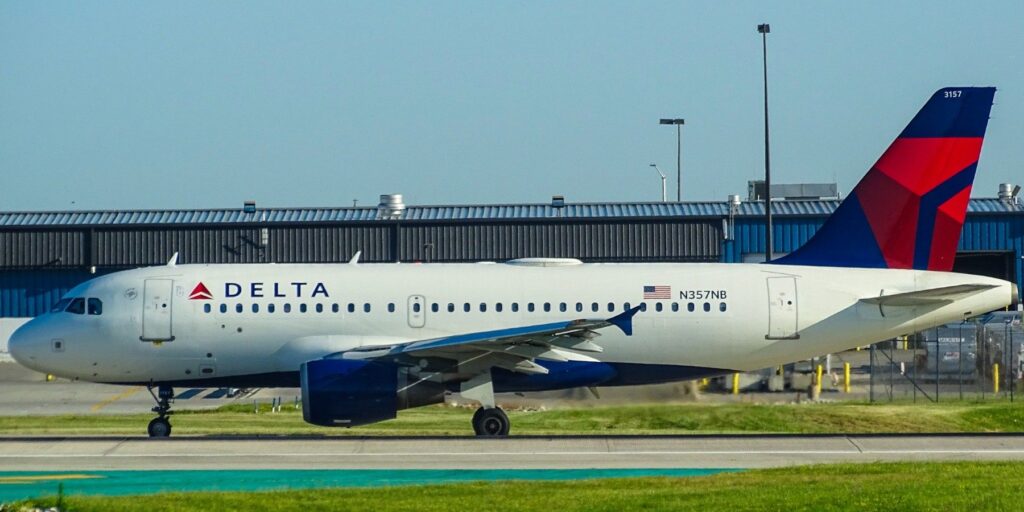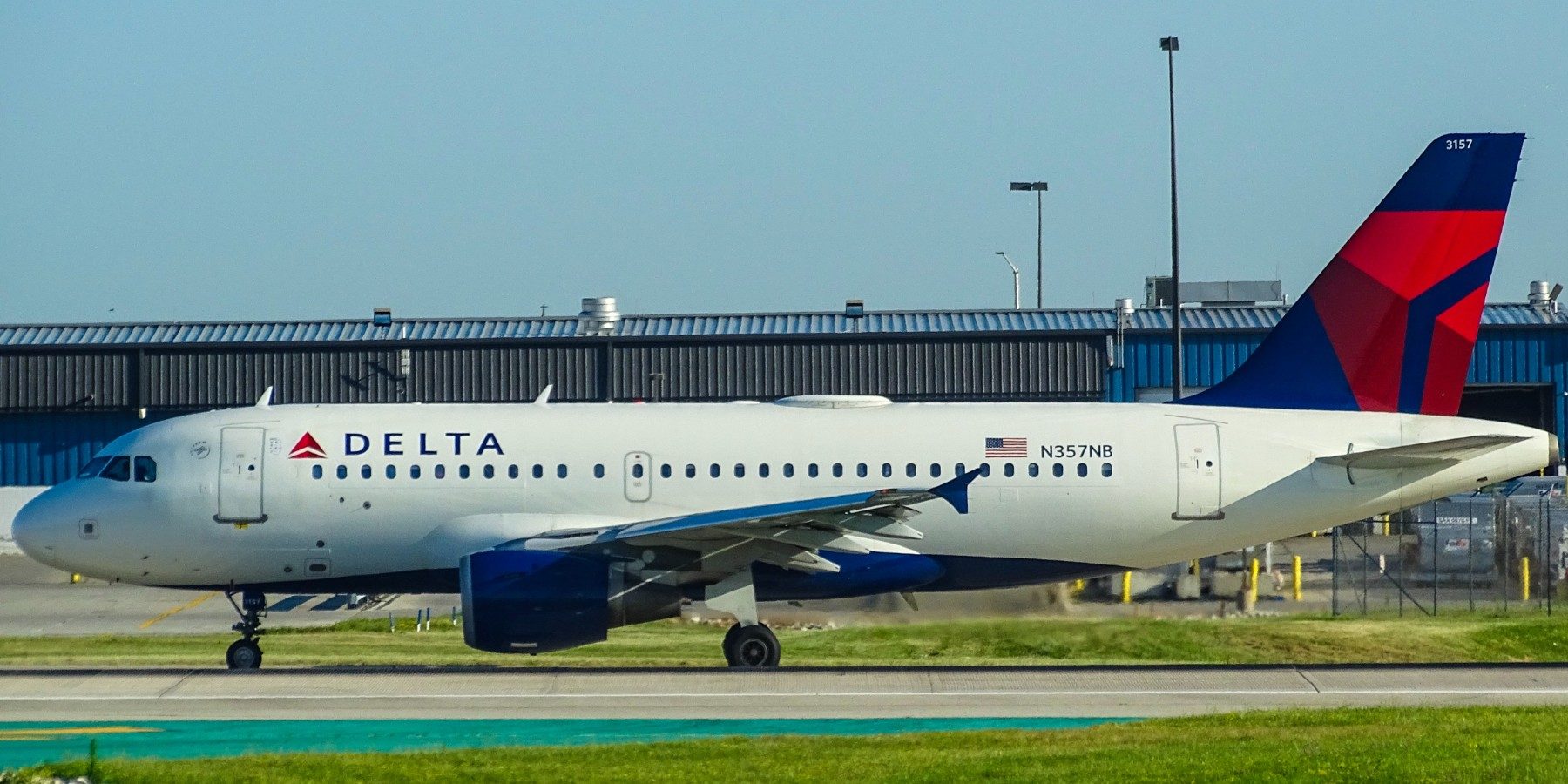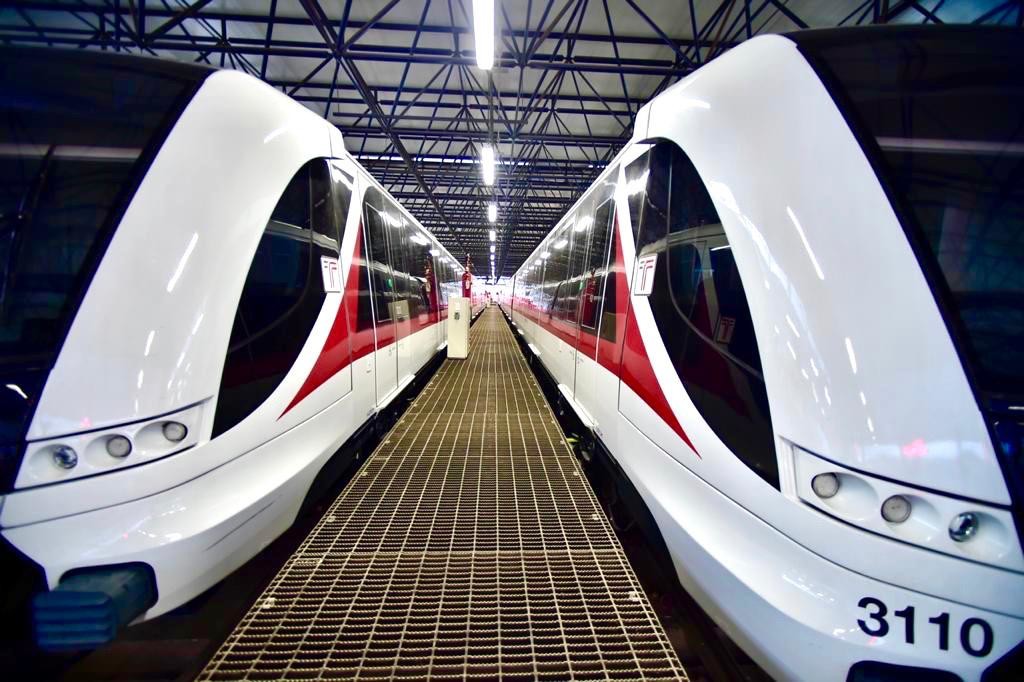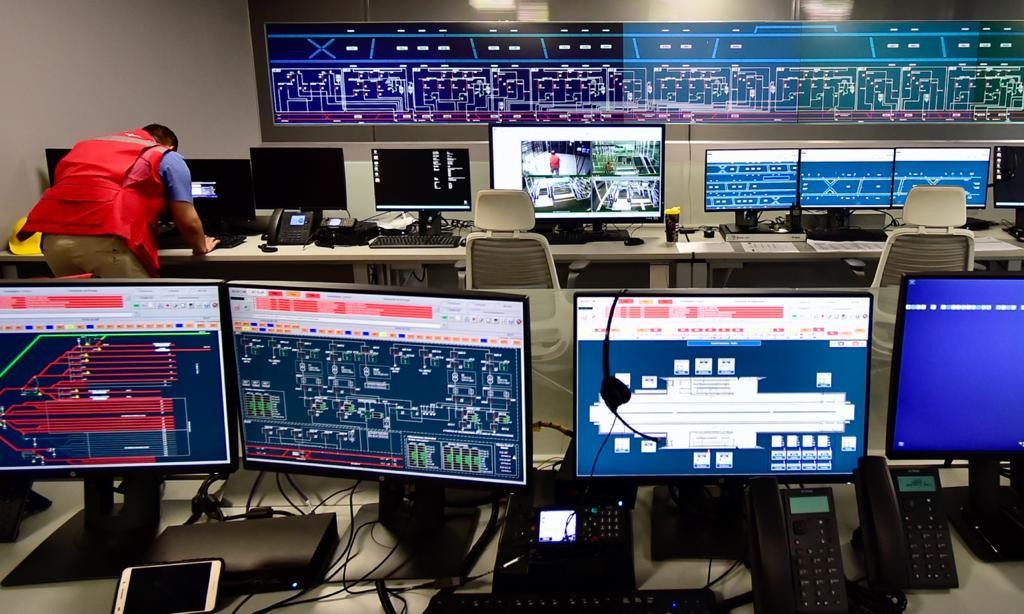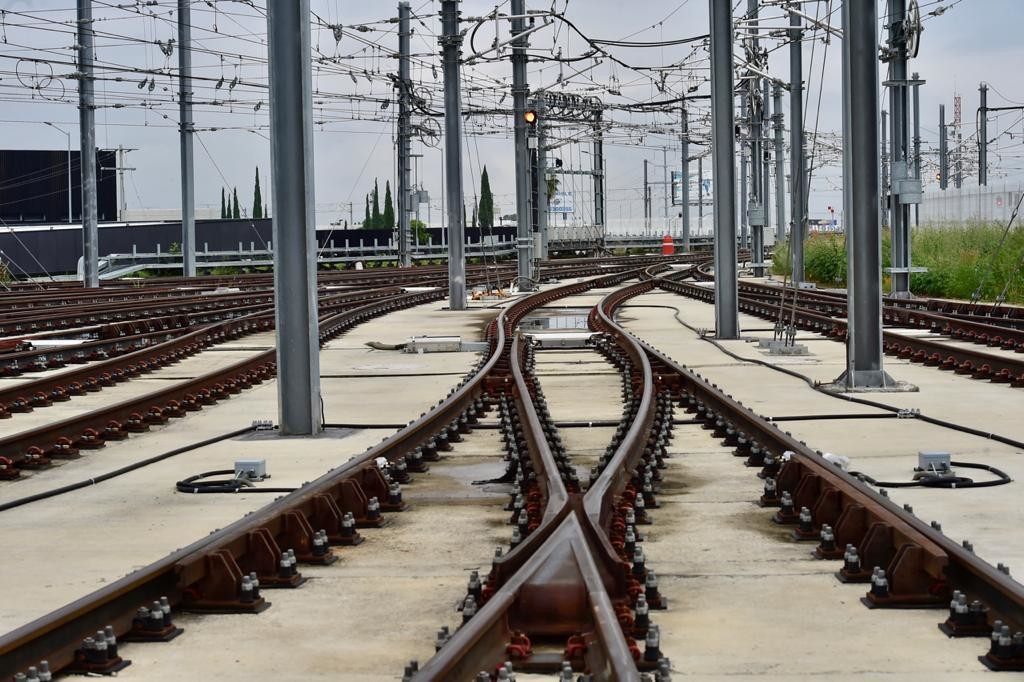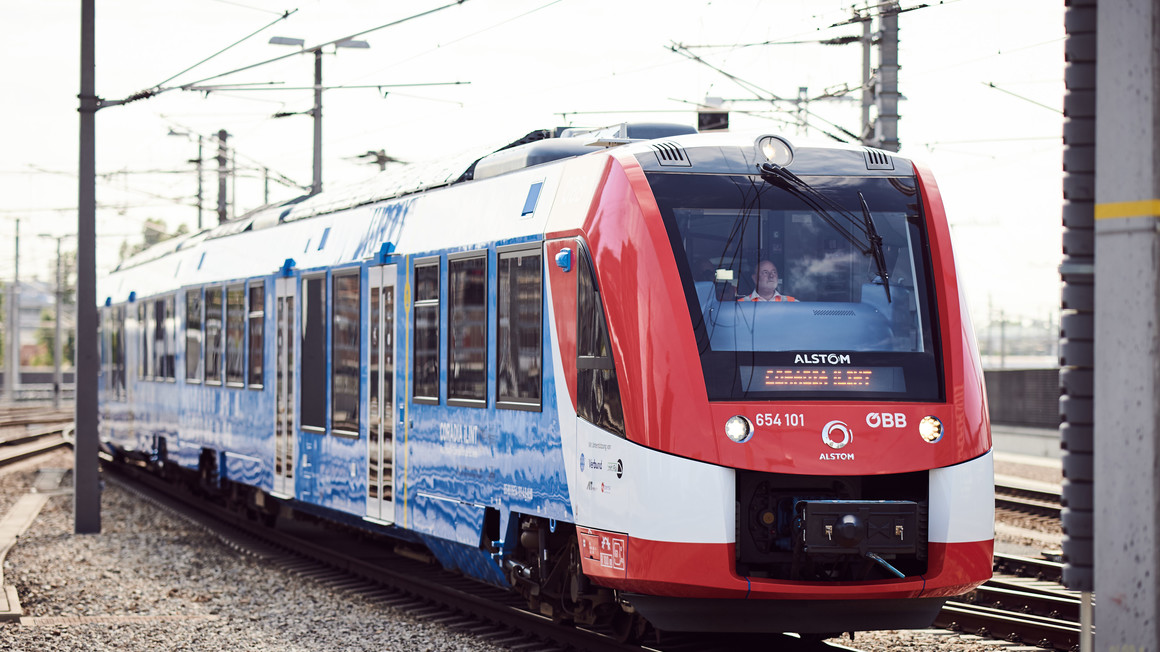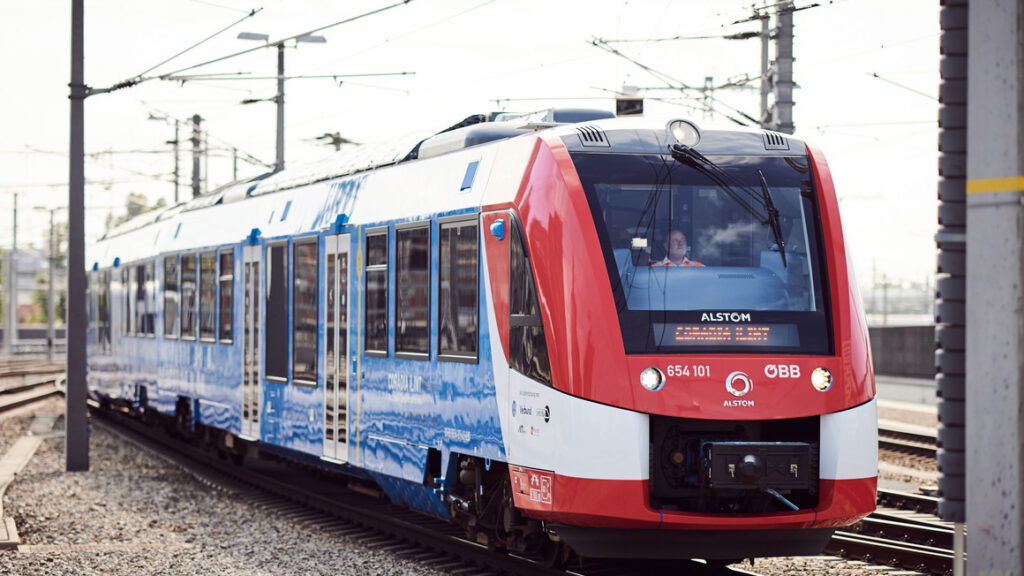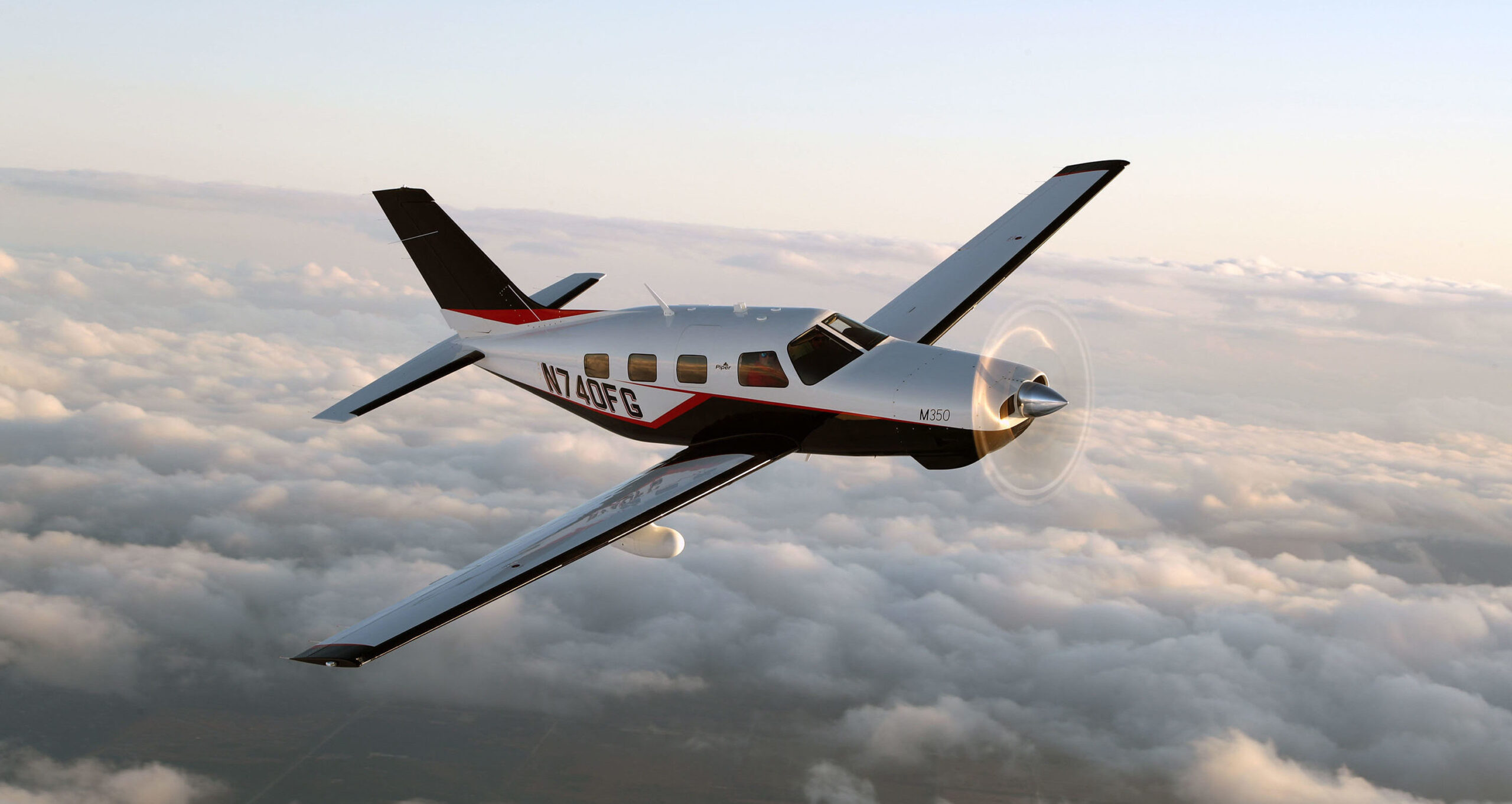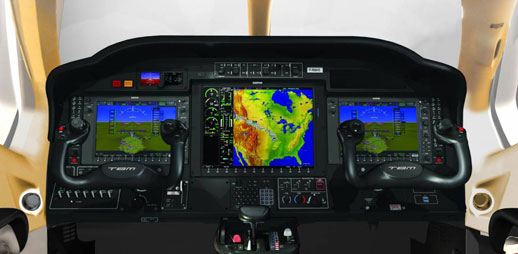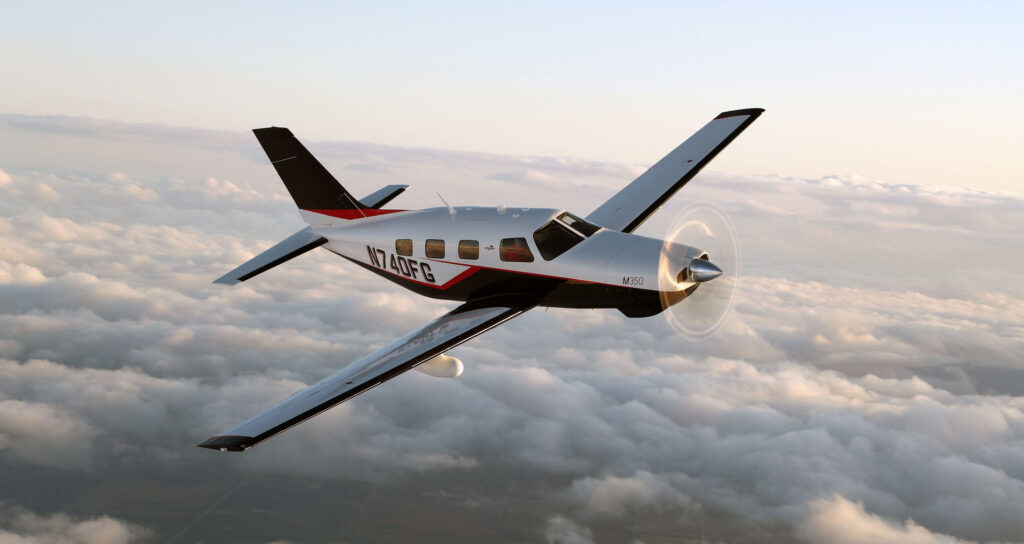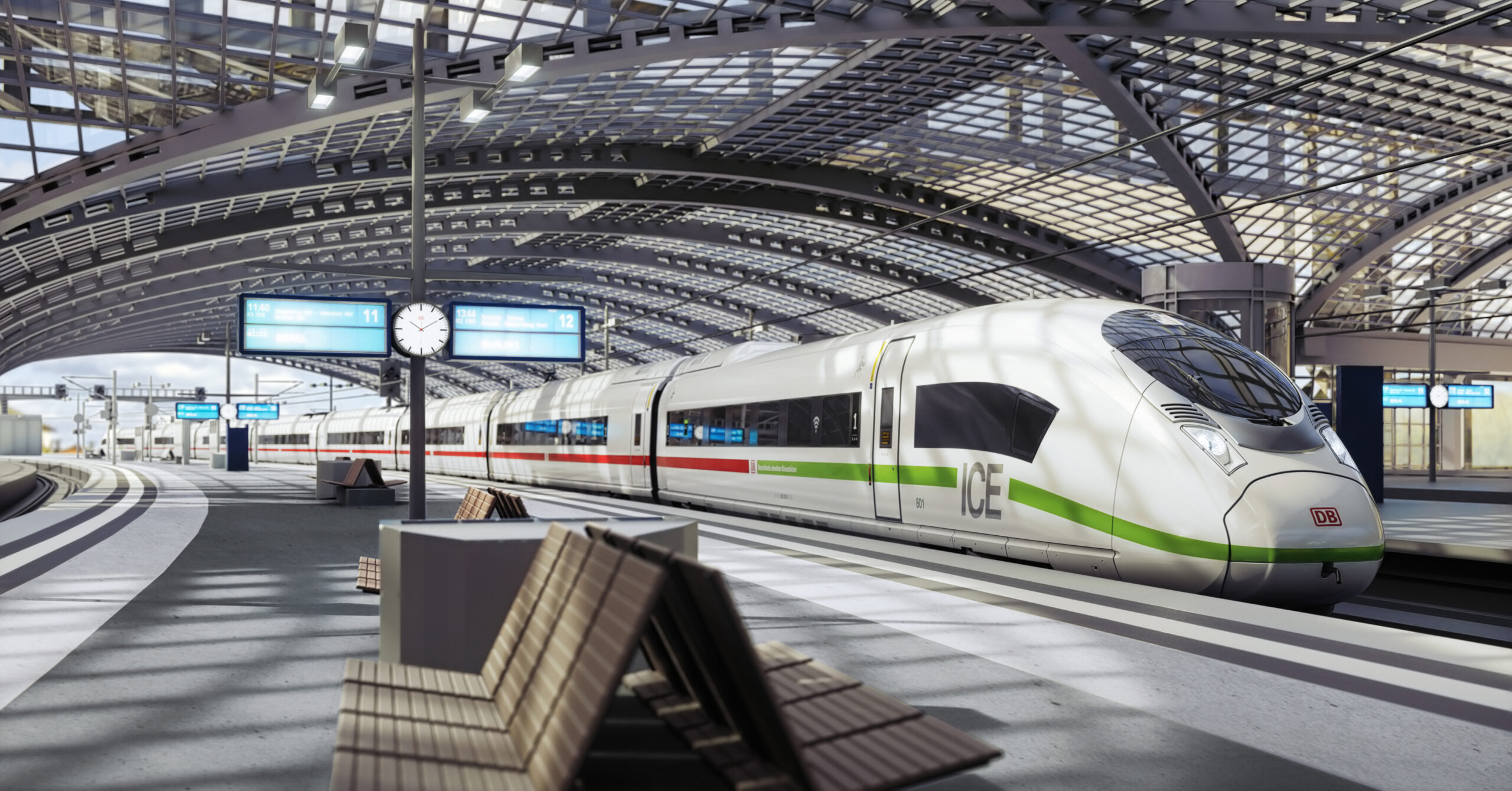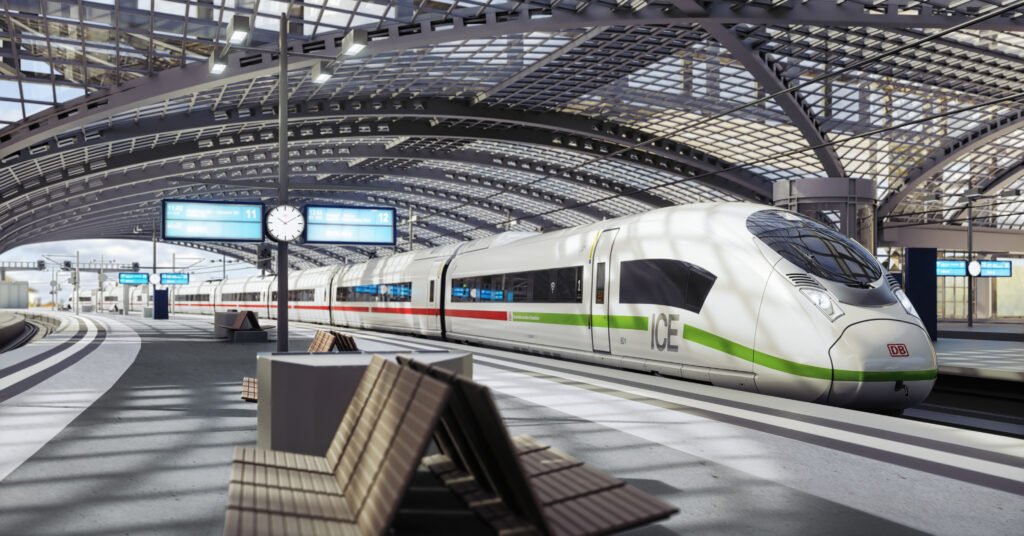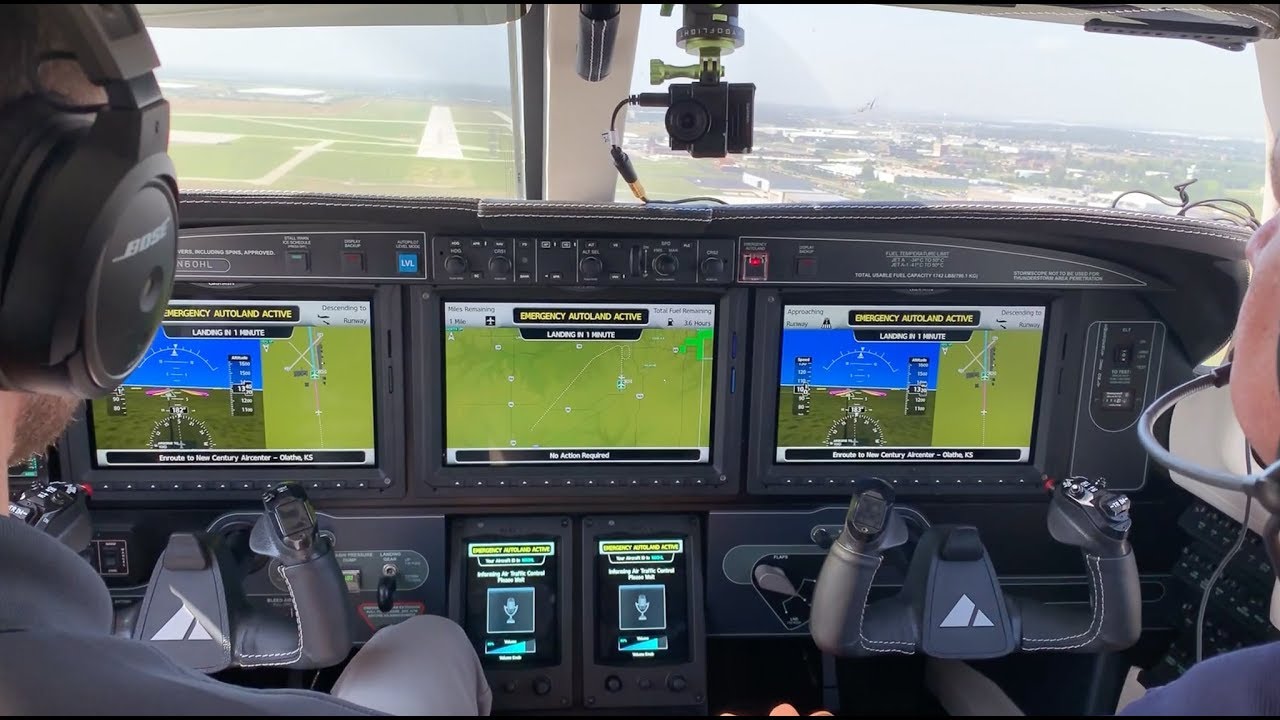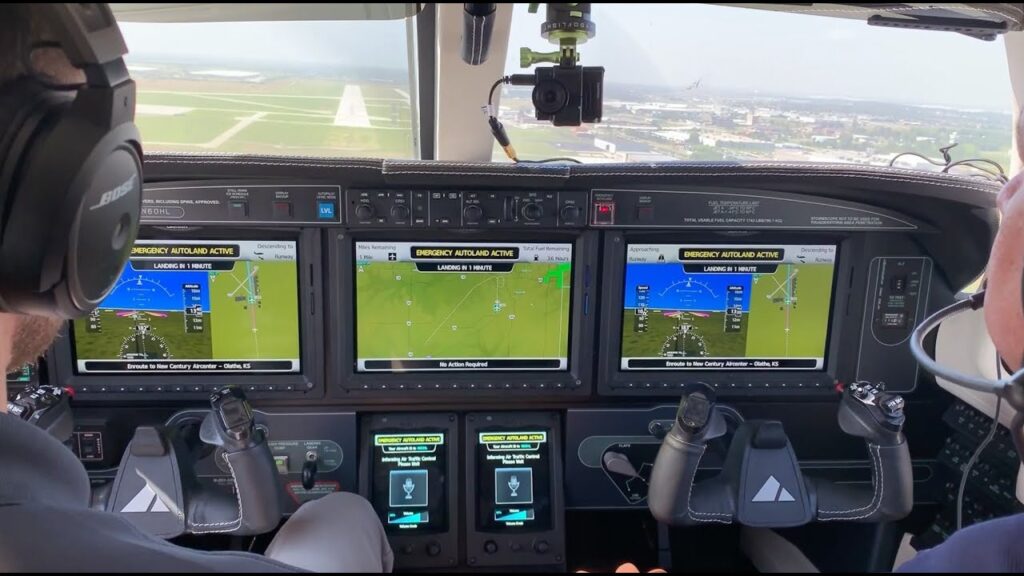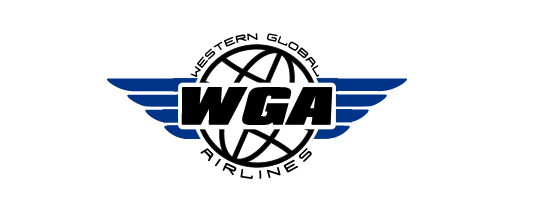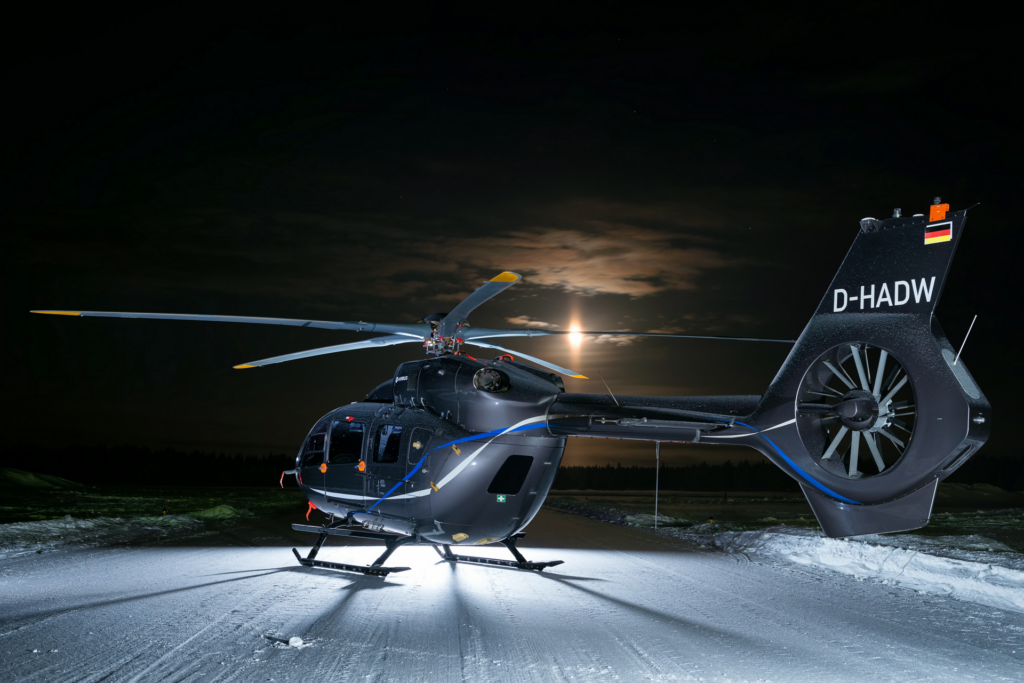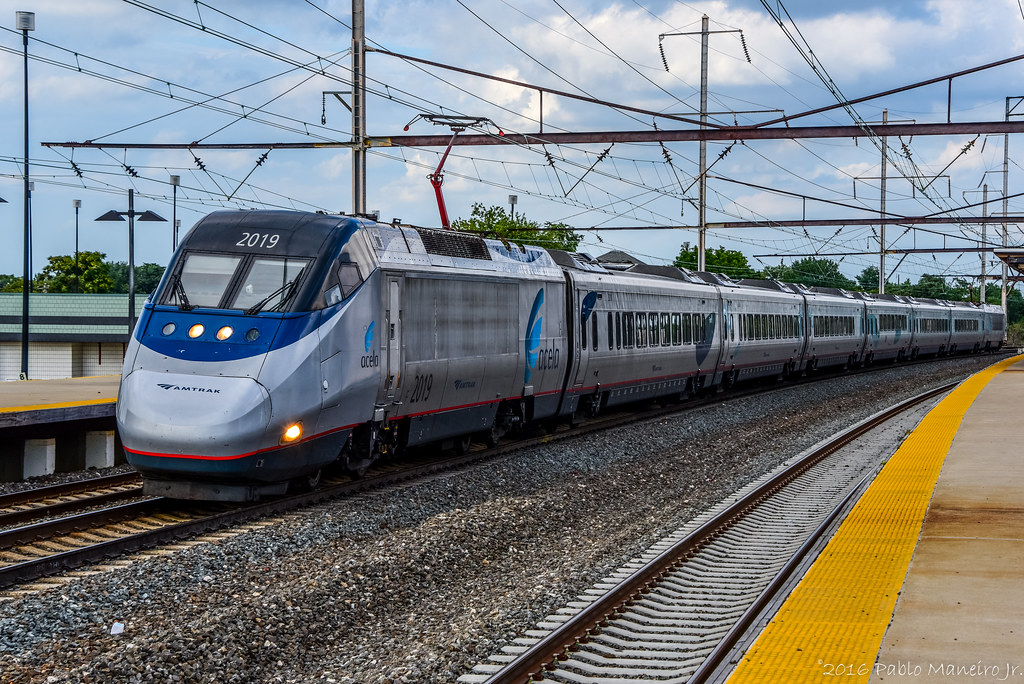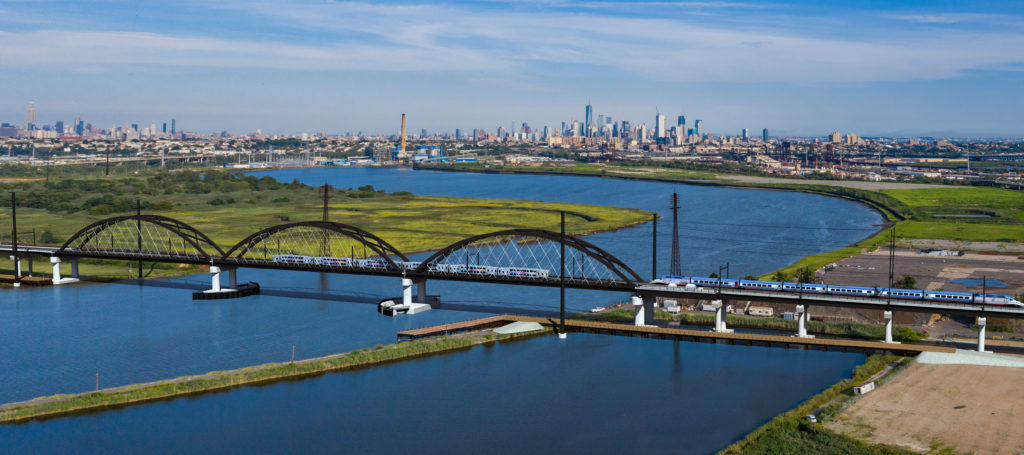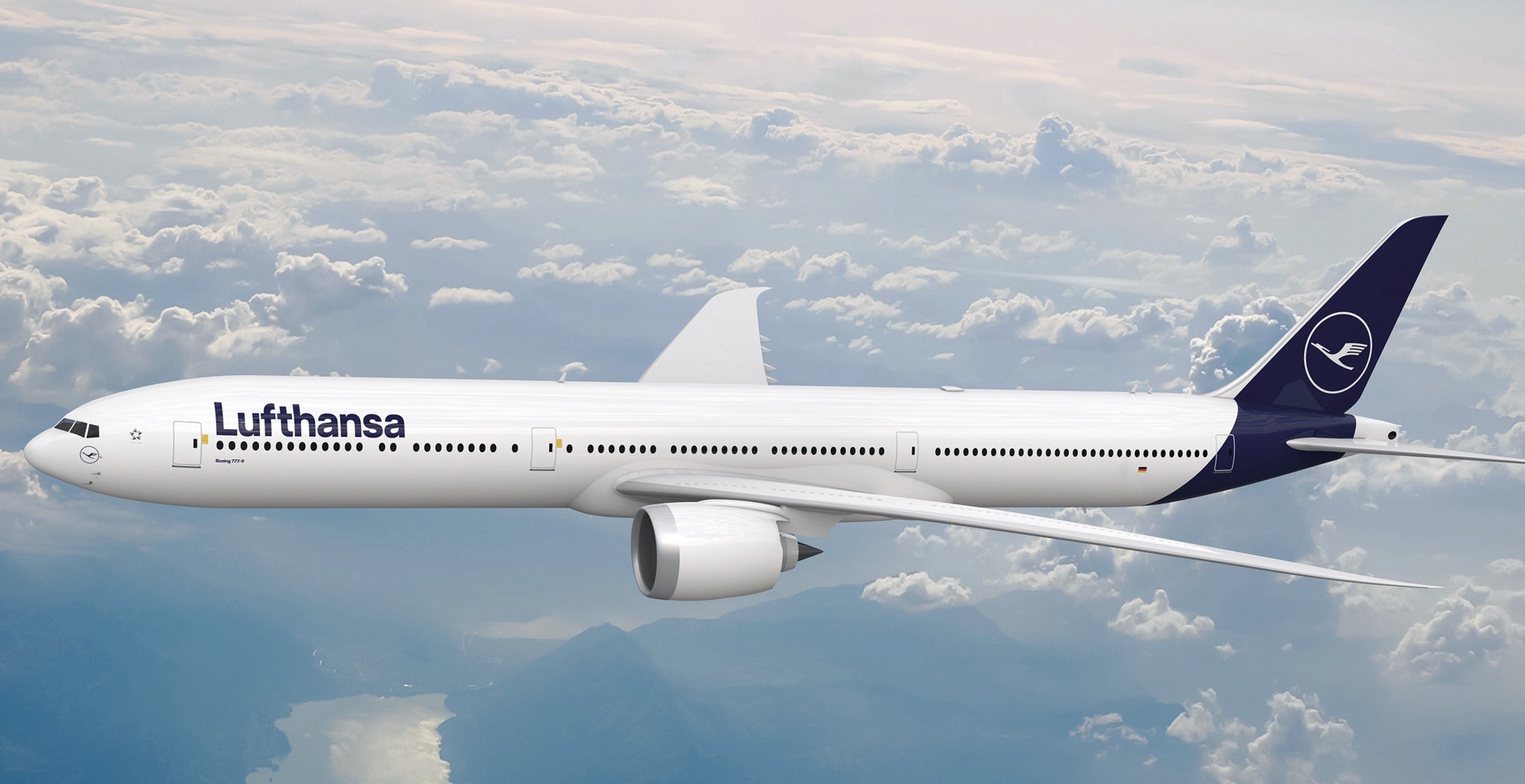CHICAGO, Sept 14 (Reuters) – Delta Air Lines said on Monday it is seeking to raise $6.5 billion through new bonds and loans backed by its SkyMiles loyalty program, further bolstering liquidity to weather a drastic downturn in travel demand due to the COVID-19 pandemic.
The airline said it would use the loyalty program as collateral to secure the new loans and issuance, as it continues to burn through about $27 million in cash each day.
U.S. airlines have cut costs and raised debt to survive what they call an unprecedented industry crisis. The situation is not expected to improve until there is a meaningful recovery in demand.
With its latest financing deal, Delta will not pursue a $4.6 billion federal loan available under the Coronavirus Aid, Relief, and Economic Security (CARES) Act, officials said, even as it continues to lobby for a second round of federal payroll grants.
Atlanta-based Delta is among U.S. airlines to have tapped funds under a $25 billion made available primarily in grants under the CARES Act to cover employees’ payroll through September, but not a separate $25 billion package in secured loans.
The loan program has attractive financing terms but restricts executive compensation and share buybacks.
The airline has said it could furlough nearly 2,000 pilots in October without more federal aid, but believes it can avoid any flight attendant furloughs through the winter thanks to strong demand for voluntary departures or leaves.
Delta had $15.7 billion in liquidity at the end of June, which it said equaled about 19 months of financial runway at a daily burn rate of $27 million.
It still has unencumbered assets worth $6 billion to $7 billion, primarily in the form of spare aircraft parts and engines, if needed, officials said.
Delta did not disclose the value of the loyalty program or the terms of the new financing, which mirrors a debt deal by United Airlines in June backed by its $20 billion MileagePlus program.
Delta’s shares, which have lost about 46% this year, closed at $31.70 on Friday.
(Reporting by Tracy Rucinski; Editing by Ana Nicolaci da Costa)
